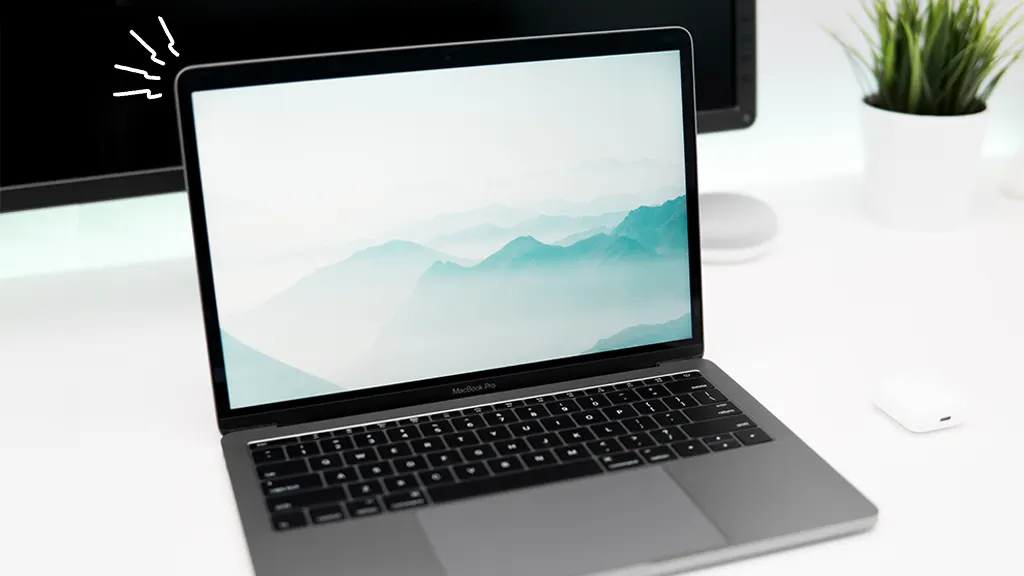
Apple MacBook is an extremely powerful and functional device. Because of its dependability, most of us rely on this device. Even when multiple apps are running at the same time, it is very fast. The keyboard and trackpad are two of the MacBook’s best features.
It has extended battery life. It can operate for approximately 12 hours without being charged. On the Mac OS, there are no chances of software crashes, virus threats. These features lead to the conclusion that the MacBook is a necessary device.
There are some issues that users are experiencing, one of which is the MacBook Screen Flickering Issue. Users may become frustrated and irritated, but there is a solution.
These problems do not affect a specific user. It is universal in that it applies to both retina and non-retina displays.
- Restart Your MacBook
When there is a problem with the device, restarting it usually solves the problem. All of the bugs or errors that arose while working would simply resolve themselves.
Restarting the device can also resolve incompatibility issues. They reconnect all of the hardware and resume the normal operation of the MacBook.
To restart your MacBook, follow these steps:
- We must always save the files that we are working on.
- Select the Menu Bar option.
- Choose the restart option.
- Press the Restart button.
- Changing the MacBook’s Display Resolution
This method has been used by the majority of users and has proven to be effective. To change the display, we must first do the following:
- Select System Preferences from the Apple Menu.
- Now, choose the display option.
- Select the scaled resolution by clicking on it.
- Then return to the original resolution.
- Resetting NVRAM and SMC
We can also solve the MacBook Screen Flickering issue by resetting NVRAM and SMC. We can do that by following the given procedures:
To Reset NVRAM
- Turn off your MacBook.
- As soon as it turns off, hold down Option + Command + P + R.
- You can release these keys after your Mac plays the startup sound or displays the logo for the second time.
- To reset SMC on devices equipped with the T2 chip, perform the following steps:
- Turn off your MacBook.
- Hold down the following buttons: left Control, left Option, and right Shift.
- Hold down all of these buttons for about 7 seconds.
- Press and hold the power button as well, without releasing the keys.
- Hold down all four buttons for an additional 7 seconds.
- To start your device, release the buttons and press the power button.
- Do the following for devices lacking a T2 chip:
- Turn off your MacBook.
- Hold down left shift, left control, and left option.
- Press and hold the power button while keeping all three keys pressed.
- Hold down the four buttons for about 10 seconds.
- Let go of the keys and turn on your MacBook.
After that, check to see if the problem has been resolved.
- Disable Automatic Graphics Switching
The MacBook has two graphics chips that switch automatically depending on the graphic requirements. The most powerful GPU of the two is used whenever work requiring high graphics is performed.
Switching is done to save time and get the most out of the battery. However, these changes may cause the MacBook software to malfunction, resulting in a flickering screen.
- Navigate to the energy-saving section of the system preferences.
- Uncheck Automatic Graphics Switching.
Disabling this feature may cause the battery to drain faster because it will use the default graphics.
- Installing Latest Updates
If the updates are not installed as soon as possible, the MacBook may experience problems.
- Simply navigate to the system preferences.
- Navigate to the section for software updates.
- If there are any updates that need to be installed, simply do so.
These are some of the solutions to the MacBook Screen Flickering Problem. These methods are simple to implement and save time.

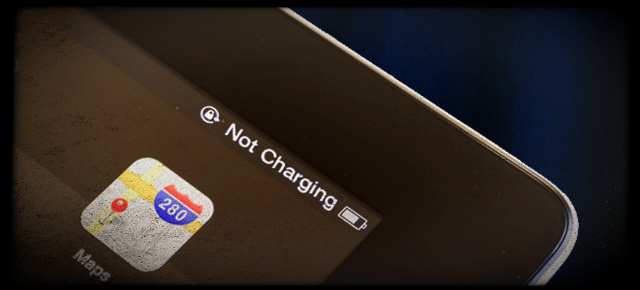

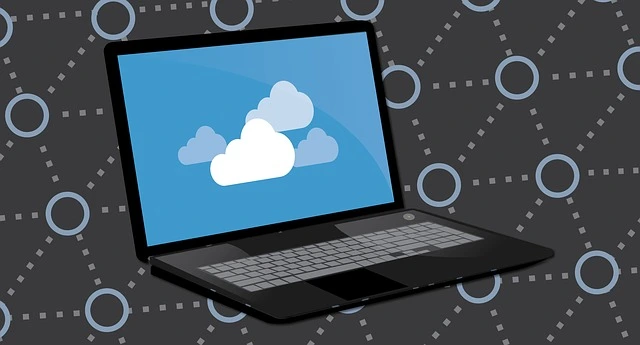

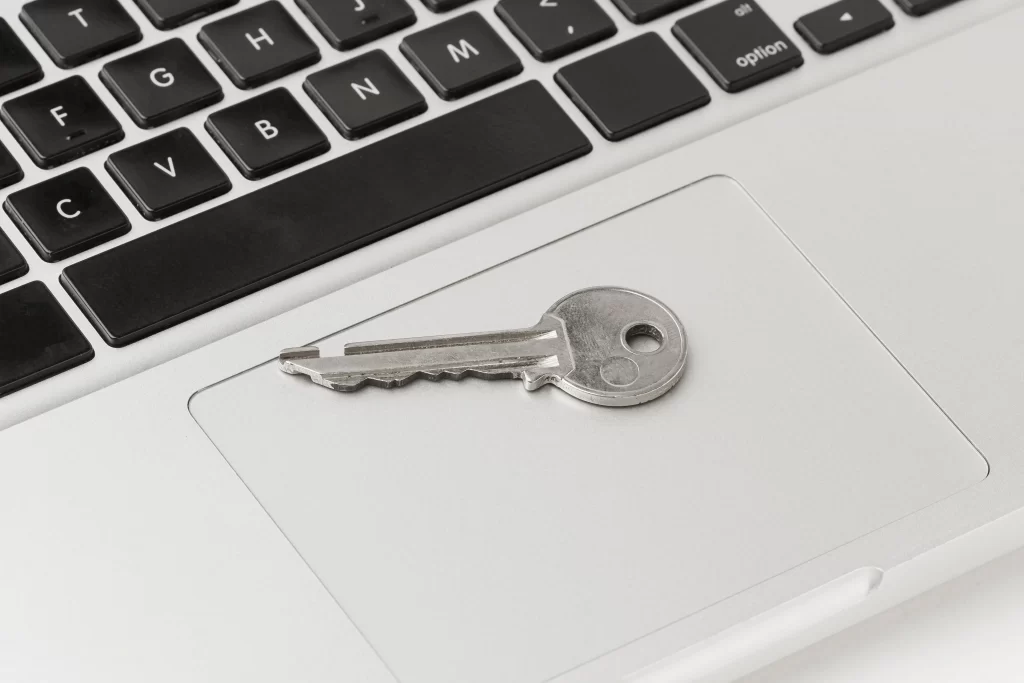
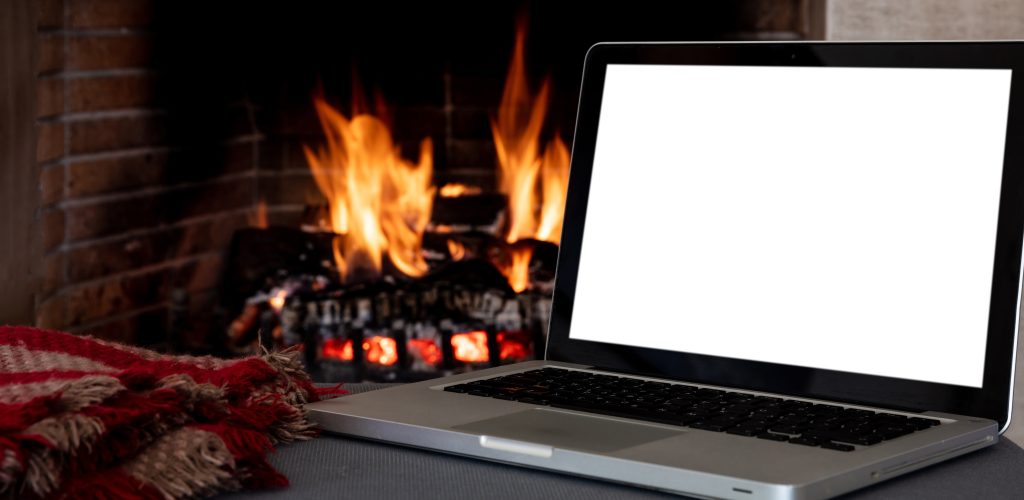
About The Author:
More posts by